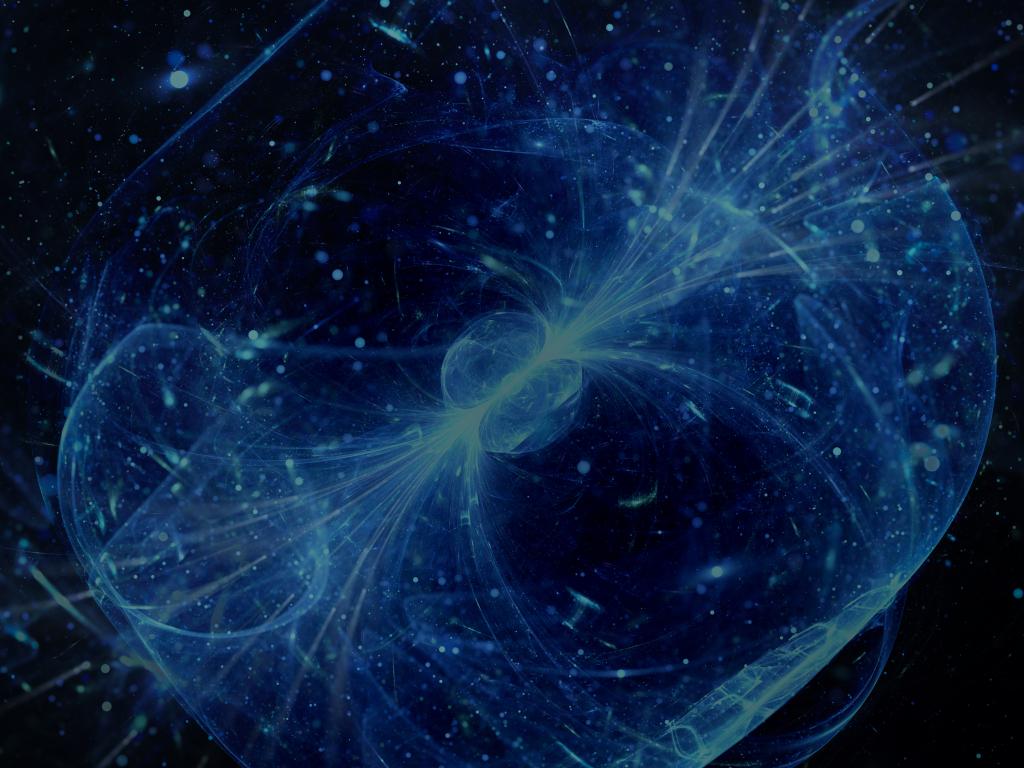Admission CTAs
Mason’s Pluto Expert to Give Behind the Scenes Insight at Monday’s Talk
The New Horizons mission to Pluto captured the world’s imagination about the distant dwarf planet last month. On Monday, the George Mason University community can get a behind-the-scenes view into the mission, what to expect from it in the next few months, and new photos during an “Evening Under the Stars” talk at the observatory.
George Mason planetary professor Michael Summers is one of 20 scientists on the international New Horizons mission’s science leadership team. He was at the command center when the space probe had its celebrated flyby on July 14 after nearly 10 years in space and three billion miles.
The talk will begin at 7:30 p.m. Monday, Aug. 31, at Research Hall on the Fairfax Campus. A tour of the Mason observatory will follow at 8 p.m., weather permitting.
“There hasn’t been such public interest in space exploration since perhaps the Apollo missions to the Moon in the 1960s,” Summers said. “The Pluto encounter was the capstone of an ambition, begun by NASA 50 years ago, to explore the solar system with robotic spacecraft.”
The New Horizons mission is the first time we’ve gotten close to a dwarf ice planet. The images are astonishing and full of surprises, including a solid nitrogen ice glacier, a brilliant haze surrounding the planet, and ‘fresh’ surfaces on both Pluto and Charon indicating recent geological activity, Summers said.
“Most importantly, the information from the encounter has opened up completely new questions about how planets form and evolve over time,” he said.
This article originally appeared on Mason News
Write to Damian Cristodero at dcristod@gmu.edu
About the College of Science
George Mason University’s College of Science (COS) offers over 40 interdisciplinary degree and certificate programs in physical, life, mathematical, earth and space sciences, data, forensics and policy to over 3000 students each year. The college, a crucial part of the university’s goal to promote research of consequence, accounts for roughly 30% of the university’s research expenditure. The college’s broad regional presence, combined with strategic national and international connections, reinforces the college’s mission to provide world-class scientific leadership important to modern society. George Mason University, located just outside of Washington, DC, is Virginia’s largest public research university. For additional information, email cosnews@gmu.edu.
